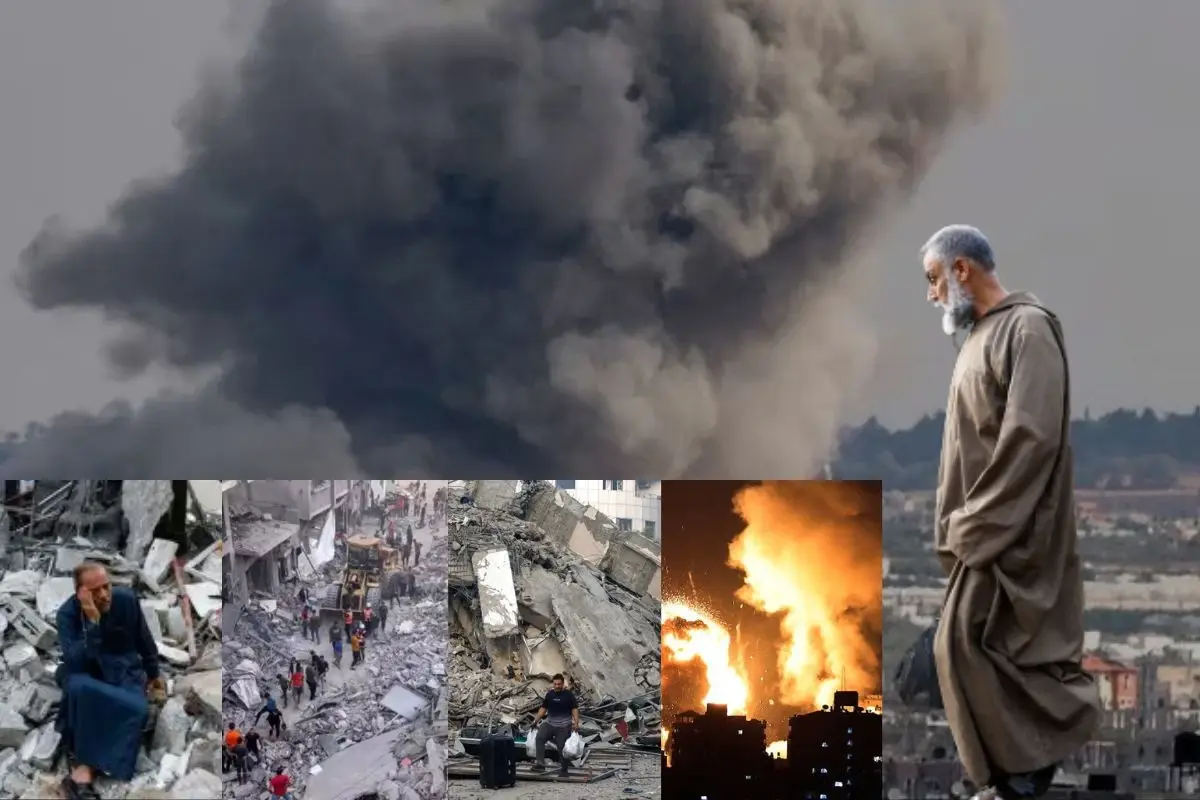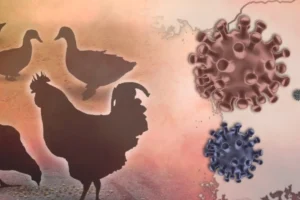
With the prospects of another World War growing, global geopolitics is navigating a critical juncture. The conflict between Israel and Gaza, prompted by Hamas’s unexpected and deadly incursion into Israeli territory, has magnified the threat to global peace. The shadow of war over Gaza seems even denser than the population of the embattled strip.
Over a million citizens in Gaza have fled their homes to evade Israeli strikes. According to official figures, about 4,000 people have died in Israeli counterattacks, and more than 10,000 are reported injured. Analysts suggest the actual casualty count might be significantly higher, with a large portion being children. In contrast, Hamas’s attacks resulted in 1,500 Israeli fatalities and over 3,500 injuries. The Israel-Palestine conflict had already seen some of its most violent episodes in decades earlier this year, and this recent escalation has pushed Gaza to the brink.
The news from Gaza is devastating. Lives are being lost, and shelters are brimming with those displaced. The United Nations Office for the Coordination of Humanitarian Affairs (OCHA) reports that 97% of Gaza’s groundwater is unsuitable for human consumption due to its elevated salt levels, making it hazardous unless filtered. With Gaza’s only power station inoperable due to a lack of fuel, desalination plants have also ceased operation, depriving approximately 600,000 residents of clean water.
UNRWA cautions that without intervention, dehydration could claim more lives in the upcoming days. Children are particularly vulnerable, with rising cases of bacterial dysentery linked to contaminated water. The scarcity of water, combined with sewage pollution and unburied bodies, might amplify the spread of infectious diseases. As noted by the United Nations Population Fund, over 5,500 women in Gaza are anticipated to give birth in the coming month. Given the critical shortage of medical facilities and life-saving provisions, paired with Gaza’s complete blockade, many of these mothers and their newborns are confronting potentially dire circumstances.
So, what alternatives does Gaza have under these circumstances? Clearly, hostilities must cease, and aid should be dispatched immediately. However, articulating this is simpler than actualizing it. The people of Gaza have limited avenues to preserve lives. The blockade means two of Gaza’s borders are closed. The remaining avenue for relief is the Rafah border with Egypt, through which over 350,000 refugees have already sought shelter in Egypt. Despite pleas from the United States and the United Nations, Egypt has been reluctant to extend further assistance.
Given the situation, the United Nations and other international organizations are exploring the creation of a safe zone within Gaza to provide timely aid to the affected. An estimated $294 million is required for basic life-saving needs, such as medical facilities, fuel, and other emergency support. In response, the United Nations has issued an urgent appeal. The United States has pledged $100 million in humanitarian aid for Gaza and the West Bank, aiming to assist over 10 million displaced individuals. The U.S. is ensuring that this aid reaches its intended recipients, preventing groups like Hamas from accessing it. Furthermore, the U.S. has brokered an agreement to permit 20 trucks carrying food, medicine, and water into Gaza. Russia, alleged to have played a role in exacerbating the situation, has also dispatched 27 tons of supplies.
Amidst these developments, the pressing concern is the sustainability of the aid to Gaza. It’s anticipated that Gaza won’t regain access to electricity, fuel, and water until Hamas releases all 199 Israelis they currently detain.
Conversely, the United States has displayed conflicting stances, even in these critical times. While they send relief supplies to Gaza, they have also exercised their veto power in the United Nations, rejecting a resolution that sought to establish a humanitarian corridor for the safe evacuation from Israel to the Gaza Strip, end hostilities, and revoke the civilian displacement order.
The U.S. defended its decision, citing the resolution’s omission of Israel’s right to self-defense. Britain, backing the U.S. stance, contended that the resolution fails to address how Hamas allegedly employs Palestinian civilians as human shields.
While these concerns are undeniably significant and mustn’t be overlooked, the pressing priority is saving countless lives reeling from the repercussions of others’ actions.
Innocent individuals, particularly children, find themselves ensnared in a political and military dispute in which they have no involvement. They mustn’t be targeted or harmed. The ongoing horrors faced by Gaza’s innocent civilians, and the potential for even graver challenges if hostilities persist, are almost inconceivable.
If our compassion is limited by borders and ethnicity, distinguishing between groups, then such empathy lacks authenticity. Subjecting anyone to human suffering is unjust, and we must consistently voice our disapproval and resistance when confronted with it, regardless of who perpetrates or endures it.
Thus, debates over who occupies the moral high ground are moot. Conventional wisdom suggests that hearts are won by understanding and engaging with those who’ve strayed, not by suppressing them. The world’s current predicament might stem from having forgotten this very principle.


















